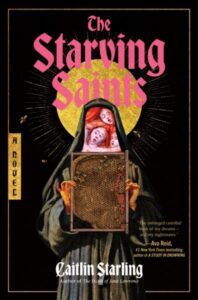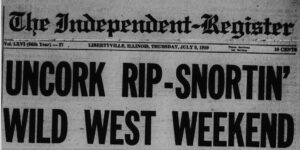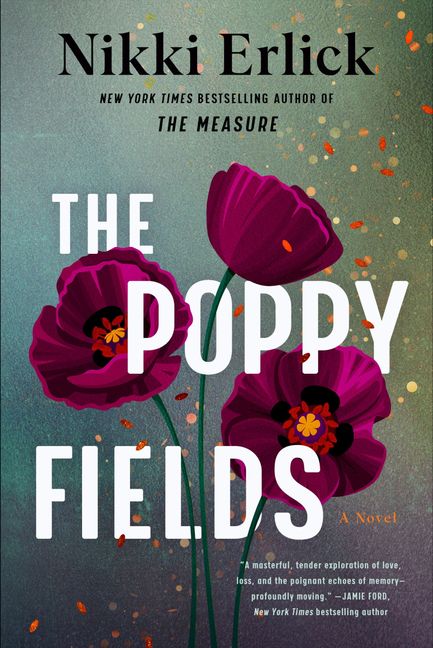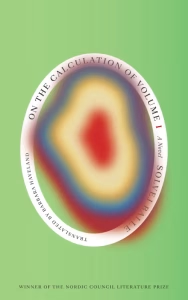Have you ever had difficulty finding a record again? Perhaps you printed off or recorded information, but forgot to write down where you found it? This can be particularly challenging as you research online and move from website to website. As the title of this post suggests, it is important to cite the site right! Thankfully, “right” is up to you to define.
“Citation is an art, not a science…Once we have mastered the basics, we are free to improvise.”
– Elizabeth Shown Mills in Evidence Explained (4th ed.) page 47
Wait! What is a citation, you ask? According to Elizabeth Shown Mills, a citation is “a statement in which one identifies a source consulted or the source of a specific assertion.” (Evidence Explained, pg. 696) In order words, they are a formal way to acknowledge a source. You have likely seen citations in various forms. Sometimes, they are placed in parentheses at the end of a sentence. Sometimes, they are listed at the bottom of a page as footnotes, or the end of a chapter/book as endnotes. At other times, they are contained in a long list in what is often called a bibliography or works cited. Many genealogy databases even allow you to include a citation at the end of anything that you download or print. Below is an example of what you may have encountered with each element properly identified.

Like with organizing your genealogy, you want to develop a system and stick with it. Basically, you want something that you can easily follow and adapt as needed. You also want to capture enough information about the source that you and others can find it again. Essential items to include are often the title, author, date, URL, etc. Honestly, the more information you capture as you go, the better off you will be later. Your future self (and your descendants!) will likely thank you for your efforts! Also, citations are a way to offer credit to the original source and/or author(s) and ethically use information in your genealogical research. They lend credibility to your research as well.
 If you are not sure where to start, there are a lot of helpful citation guides and tools to help you. Explore some of the ones that are available at the library and online. Many genealogists really find Evidence Explained Elizabeth Shown Mills particularly helpful, as it includes information for citing many different types of sources. If this resource is a bit too complicated or more than you need, you can always try out Simple Citations for Genealogical Sources by Jeffry P. La Marca. Again, you do not have to replicate their suggestions, but these guides could give you hints for how to best capture citations for your own research. Unless you are planning to publish somewhere, a personal system should suffice. (Also, if you decide to publish somewhere, their citation system will likely vary and require you to make changes anyway.)
If you are not sure where to start, there are a lot of helpful citation guides and tools to help you. Explore some of the ones that are available at the library and online. Many genealogists really find Evidence Explained Elizabeth Shown Mills particularly helpful, as it includes information for citing many different types of sources. If this resource is a bit too complicated or more than you need, you can always try out Simple Citations for Genealogical Sources by Jeffry P. La Marca. Again, you do not have to replicate their suggestions, but these guides could give you hints for how to best capture citations for your own research. Unless you are planning to publish somewhere, a personal system should suffice. (Also, if you decide to publish somewhere, their citation system will likely vary and require you to make changes anyway.)
If you have questions, you can always reach out to Daniel for further clarification and help. Happy researching AND citing!
Categories: Genealogy
Tags: Genealogy










 Since 2013, Cook Memorial Public Library District has been a
Since 2013, Cook Memorial Public Library District has been a 




 DNA can unlock a whole world of connections and information! If you have submitted your DNA to any of the sites, you likely know that these connections and tools are invaluable and unparalleled in genealogical research. They can help you break through brick walls and understand relationships in so many complex ways. That said,
DNA can unlock a whole world of connections and information! If you have submitted your DNA to any of the sites, you likely know that these connections and tools are invaluable and unparalleled in genealogical research. They can help you break through brick walls and understand relationships in so many complex ways. That said, 

 Summer is a season full of sunshine, spontaneity, and sweet opportunities for learning. While it’s tempting to think of summer as a break from school routines, it’s also the perfect time to engage young minds in ways that are natural, joyful, and developmentally powerful. That’s where insights from the world-renowned
Summer is a season full of sunshine, spontaneity, and sweet opportunities for learning. While it’s tempting to think of summer as a break from school routines, it’s also the perfect time to engage young minds in ways that are natural, joyful, and developmentally powerful. That’s where insights from the world-renowned 